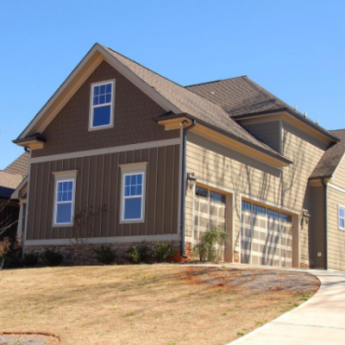The Complete Guide To Selecting The Best PTAC For You

Summers are tough to survive without cooling systems. There’s not much you can do about that, but if you can avoid it, you don’t want it to be hot inside as well.
However, installing central air is a significant expenditure that necessitates the use of ducting, resulting in greater installation expenses.
One convenient option is to use packaged terminal air conditioners. They’re ductless, which means they’re a lot easier to install than central air conditioning.
They’re also more practical for someone who doesn’t need to chill an entire house or apartment but only needs to cool one room at a time. Here we will tell you how to select the best PTAC units for your home.
What Is A PTAC Unit?
The PTAC, also known as package terminal air conditioners, are mainly ductless commercial units for cooling and heating. These PTACs are like large wall HVAC units that plug right into the electrical supply.
The PTACs are able to both cool or heat a space. It is more like giving proper climate control to the user. Moreover, these PTAC units can be great energy-efficient models to further help you with low costs.
PTACs are mainly available in two specific types. One is heat pumps, and the other one is electrical heaters. Both of these units can provide you with heat when it is required. However, there are some potential differences between the two:
- Heat Pumps: These specific units help in the reverse cooling cycle. It distributes warm air into the spaces. Heat pumps don’t get as warm as the electrical heater ones. Thus, it is an ideal unit for the warmer climates.
- Electrical Heaters: The electric heat units are mainly utilized as a heating element. It has a fan that circulates warm air around the entire room. The electric heaters are best for the areas with both warm and cold temperatures. These heater units can provide you with a significant amount of heat compared to the heat pumps.
What, You Must Choose A PTAC Unit?
The PTACs, which are also known as wall air conditioners, always offer you a lot of benefits in a simple and cost-effective way. Some of these advantages include:
Convenience
If you can successfully install a central AC unit, you will have to get some ductwork completed in order to let air travel throughout the entire space. Whereas, with PTAC, you can easily skip the duct part, making it easy for you to install.
Better Saving Opportunities
PTAC units are less expensive than the Central AC systems. But, they often draw more energy than the pother alternatives. As a result, the savings may not be significant enough if you are going to use the unit very often.
Controlled Climate For Cooling
Before opting for one PTAC, try to understand your needs. Do you need to cool down your entire building? Or maybe you just need it for a particular room? PTACs always offer you the ability to control the entire climate in a room without making any significant impact on the entire living space.
Steps To Follow When Selecting The Best PTAC For You:
While most packaged terminal air conditioners have comparable features and benefits, there are a few key considerations to make in your quest for the finest PTAC for your space.
»Price
The cost of the unit itself is the most obvious expenditure to consider. PTAC typically ranges in price from $500 to $1,500. Higher prices are usually connected with units that produce more power and, as a result, can cool a wider area.
In some circumstances, a higher price tag is associated with a well-known brand name. A few hundred dollars more may be well worth it if you can trust that your unit will survive for many years.
»Installation Ease
PTAC has the advantage of being relatively simple to install. If you or someone in your household is handy, you can probably avoid spending any further money on installation.
»Efficiency rating
A PTAC air conditioner that is environmentally friendly does more than just save you money on energy. Consider the following factors.
The ratio of BTUs per hour to power input is known as the Energy Efficiency Rating (EER).
EER values start from 9.2, and they range to 13.2, which is ideal.
The ratio of useful cooling or heating energy is known as the coefficient of performance (COP).
COP levels from 2.5 up to 4.0 are ideal.
»Power
First and foremost, you must understand that every PTAC you purchase is meant to heat and cool only one room. If you want to cool the entire house, you’ll either need central air or a PTAC for each room.
Look at the BTUs listed on the manufacturer’s website to ensure you get a unit that will adequately chill the room you want.
BTUs are a unit of measurement for the cooling capacity of an air conditioner, and they usually correspond to room size. Keep in mind that if you live in a hot climate or if the location where your PTAC will be installed receives a lot of direct sunshine, you may want to go with a larger BTU rating to account for the extra work your unit will have to do.
»Power
Choose a unit that is compatible with your home’s current electrical system. Your property’s voltage and amperage should be measured.
You can check the breakers for amperage and see if different electrical outlets have different voltages. PTAC units are commonly available in 15, 20, or 30 amp models.
»Noise Level And Durability
You may find some units that are a lot quieter than the others. So, before you proceed to buy the units, make sure to read reviews to understand how much noise you can actually expect from the unit.
Secondly, you have to look for the units that provide you with a good life span. Here, too, the reviews will help you to get an idea about the durability.
Read Also:











Leave A Reply